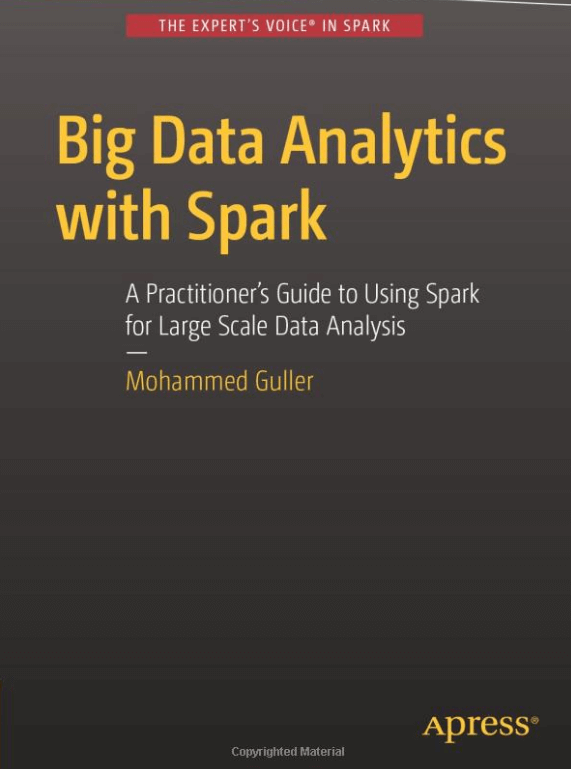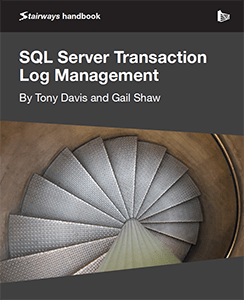Big Data Analytics with Spark is a step-by-step guide for learning Spark, which is an open-source fast and general-purpose cluster computing framework for large-scale data analysis. You will learn how to use Spark for different types of big data analytics projects, including batch, interactive, graph, and stream data analysis as well as machine learning. In addition, this book will help you become a much sought-after Spark expert.
Spark is one of the hottest Big Data technologies. The amount of data generated today by devices, applications and users is exploding. Therefore, there is a critical need for tools that can analyze large-scale data and unlock value from it. Spark is a powerful technology that meets that need. You can, for example, use Spark to perform low latency computations through the use of efficient caching and iterative algorithms; leverage the features of its shell for easy and interactive Data analysis; employ its fast batch processing and low latency features to process your real time data streams and so on. As a result, adoption of Spark is rapidly growing and is replacing Hadoop MapReduce as the technology of choice for big data analytics.
This book provides an introduction to Spark and related big-data technologies. It covers Spark core and its add-on libraries, including Spark SQL, Spark Streaming, GraphX, and MLlib. Big Data Analytics with Spark is therefore written for busy professionals who prefer learning a new technology from a consolidated source instead of spending countless hours on the Internet trying to pick bits and pieces from different sources.
The book also provides a chapter on Scala, the hottest functional programming language, and the program that underlies Spark. You’ll learn the basics of functional programming in Scala, so that you can write Spark applications in it.
What's more, Big Data Analytics with Spark provides an introduction to other big data technologies that are commonly used along with Spark, like Hive, Avro, Kafka and so on. So the book is self-sufficient; all the technologies that you need to know to use Spark are covered. The only thing that you are expected to know is programming in any language.
There is a critical shortage of people with big data expertise, so companies are willing to pay top dollar for people with skills in areas like Spark and Scala. So reading this book and absorbing its principles will provide a boost―possibly a big boost―to your career.




